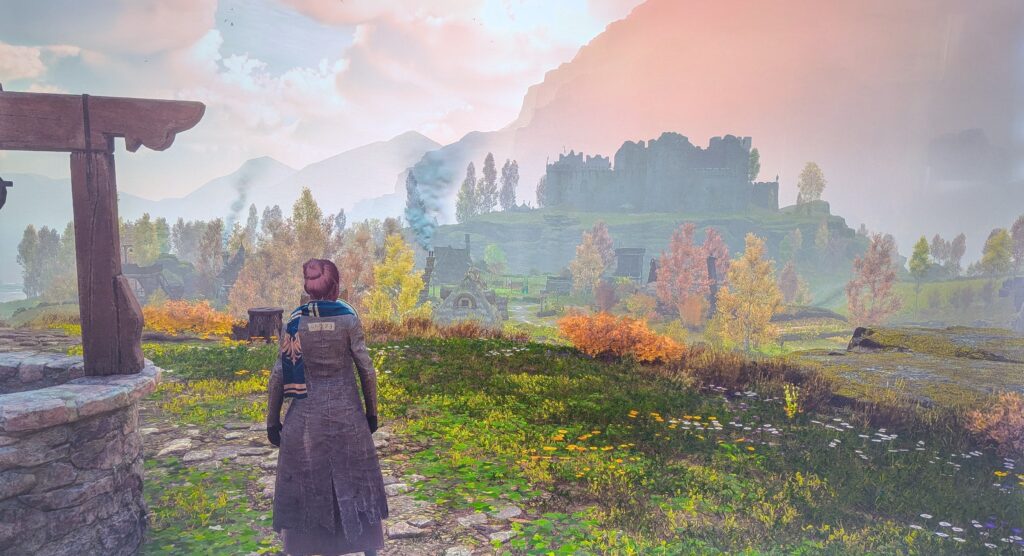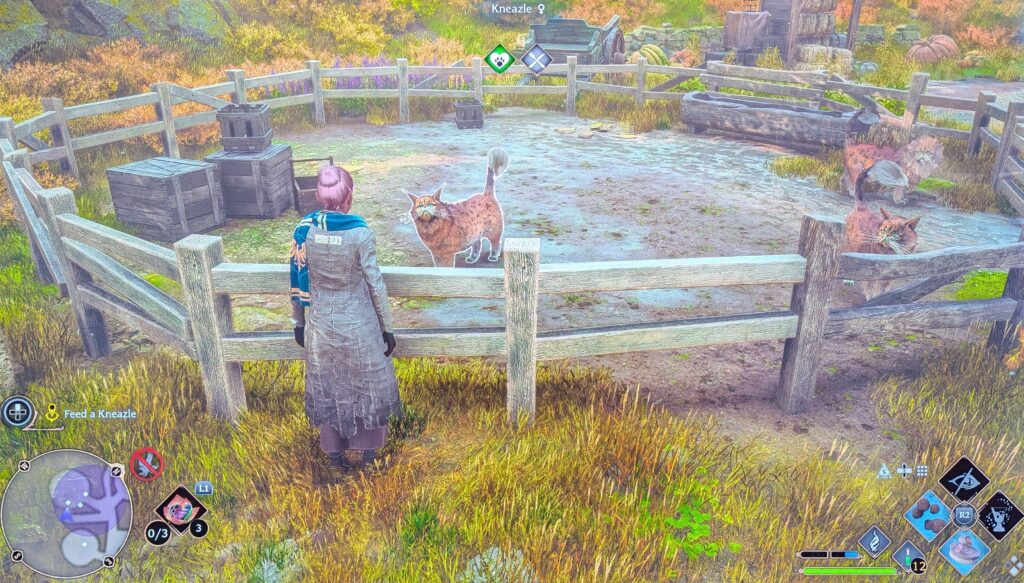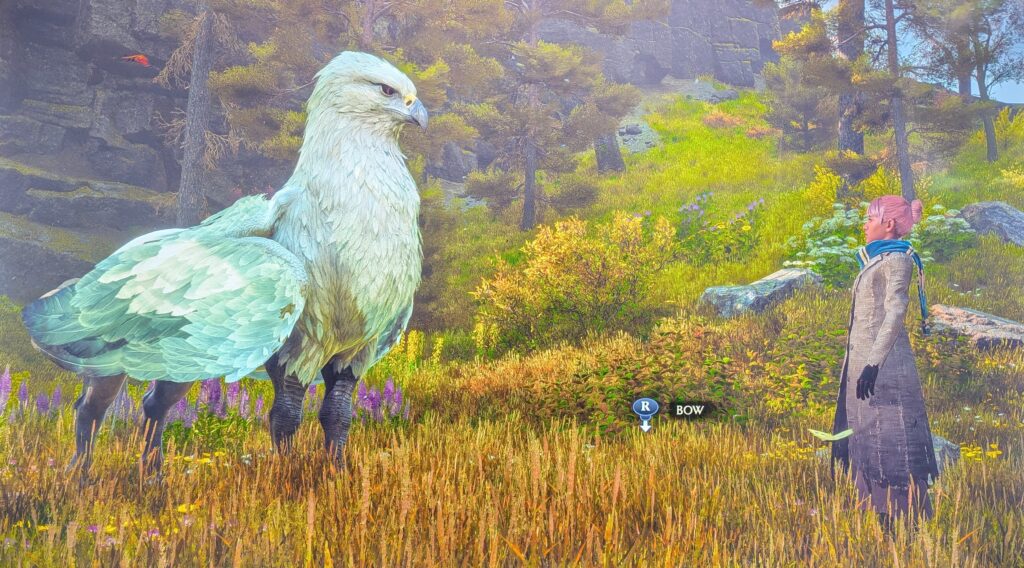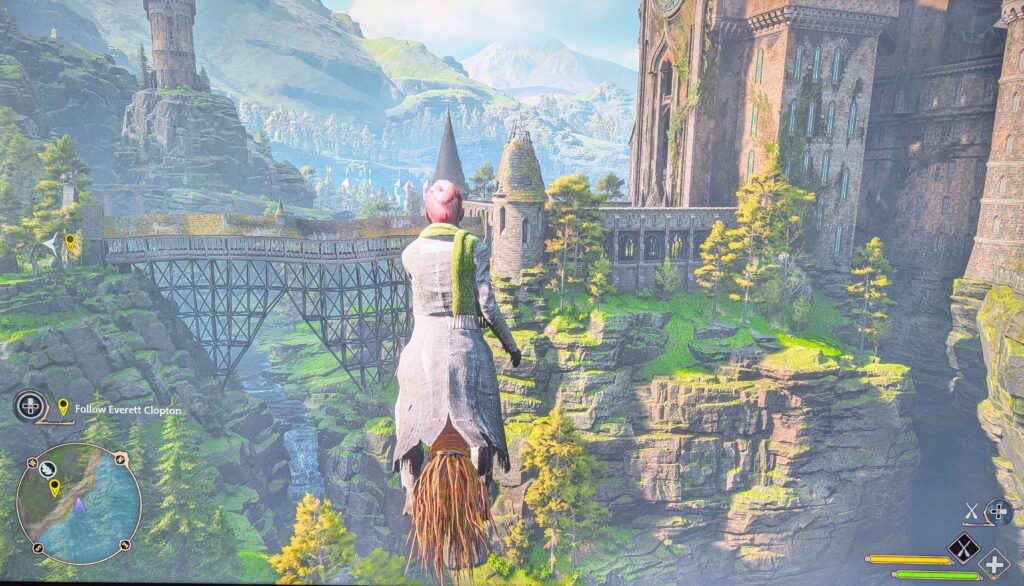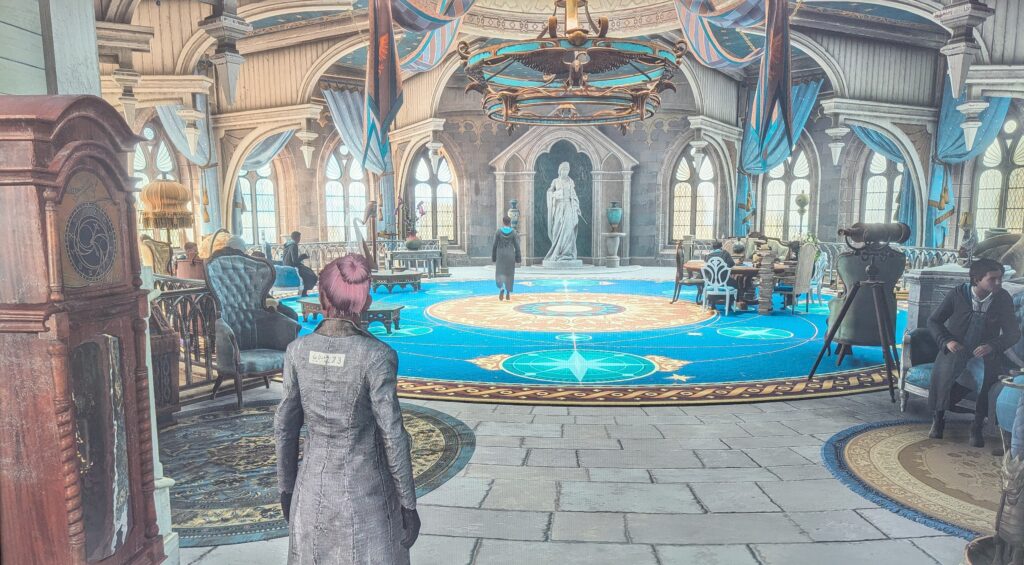As a pre-Halloween treat I looked over my review of the MCU’s 2022 release of Moon Knight. I realized I never gave an overview of the season’s Enneagram. I’m a completion freak, so obviously I need to do that. Also, I thought the review was pretty chaotic. I began by liking the show, became more disgruntled as I wrote the review, and liked it all even less when I read back over what I posted three years ago. I really want to look at the whole thing again and see if I now hate it. Heh.
Alrighty, then. Let’s make it a Halloween post. If all else fails, I can still recommend the soundtrack scored by Hesham Nazih.
ONE
Introduce Steven and his sleep ritual. Although he seems to know more about Egyptology than his boss at the museum, he works in the snack shop.
TWO
Steven wakes in an Alpine meadow and faces Arthur’s judging ritual. He’s chased, he swaps bodies with Mark (although we only see Steven’s perspective), and he’s demeaned by Khonshu’s voice, unidentified at this time.
He finds the scarab in Mark’s coat pocket.
Steven notices more inconsistencies: the goldfish is wrong, and he misses his steak date, which devastates him. The hidden phone leads him to discover Layla.
THREE
In the museum, Arthur confronts Steven. Your scales won’t settle, he says, because you’re more than one person. He wants the scarab.
When Arthur’s beast attacks, Steven willingly turns control of the body over to Mark. The Moon Knight costume is revealed.
Continue reading “Story Enneagram of Season One of “Moon Knight””